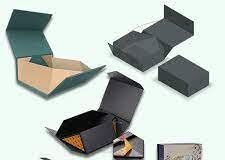Health
Connecticut Residents: 5 Ways a Car Accident Attorney Can Help You
A car accident can be a stressful and scary experience. Even if you are okay, the aftermath of an accident can leave...
Lifestyle
Unlocking the Glamour: Mastering the Art of Summer Jewelry Styling
In the scorching heat of summer, accessorizing with the right jewelry can elevate your style and make a fashion statement. Summer jewelry...
Successful Cancer Treatment: Learn About It
Cancer is the second most common cause of death in India. Breast cancer was the leading cause of death among females in...
Why Being A Part Of The Cabin Crew Is A Good Choice For A...
If you aim for a job that pays well and gives you travel benefits, being a part of the cabin crew could...



























